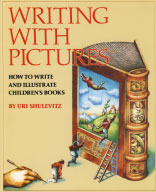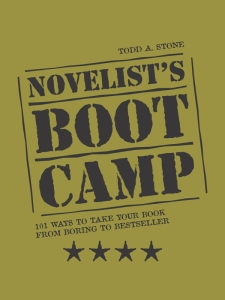Here is a short list of other books on writing that have helped me:
The Query Book…Gordon Burgett
I took a one-day class from Burgett many years ago, when I was just starting to submit, and when I used his method, my acceptance rate really went up.
The 29 Most Common Writing Mistakes and How to Avoid Them…Judy Delton
This book helps avoid all those flubs most beginning writers make. Very insightful.
ReWrite Right…Jan Venolia
Lots of good information on editing and making your writing sing!
I also enjoy reading biographies of writers and find them inspiring.
Three I’ve especially enjoyed are:
How I Came to Be A Writer…Phyllis Reynolds Naylor
Naylor is the author of the acclaimed Alice series, and many others, and is one of my favorite writers for young people. Her one adult, non-fiction book, Crazy Love, is at the top of any of my lists.
A Writer’s Story and What’s Your Story?…Marion Dane Bauer
Bauer is the first speaker I ever heard at an SCBWI conference. She’s very talented and prolific.
Anonymously Yours…Richard Peck
Peck is a great guy and a terrific speaker and teacher. He has definitely conquered the YA field.
And of course, the gold standard for writers falls somewhere between a biography and a how-to on writing:
Bird by Bird…Anne Lamott
Contributed by Marjorie Flathers

 Writing With Pictures by Uri Shulevitz gives a thorough and enjoyable analysis on how to write and illustrate children’s books. With many illustrated examples, Mr. Shulevitz discusses the basic principles that contribute to a dynamic children’s book.
Writing With Pictures by Uri Shulevitz gives a thorough and enjoyable analysis on how to write and illustrate children’s books. With many illustrated examples, Mr. Shulevitz discusses the basic principles that contribute to a dynamic children’s book.